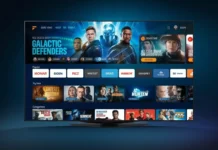
You probably spend a lot of time in front of your TV every day watching your favorite TV channels, so in case you decide to buy a new one, you want information that helps you make the best choice. This guide makes it easy for you to find out as much as possible and answers the question of how to choose your TV.
From screen types to key features and specifications and best models – we will try to explain everything you need to know when buying. Our vision is that the search should be pleasant and simple, not a struggle with technical details. So, start with our guide and learn about the main features of your TV to consider when making a purchase.
Screen size
Whether you are looking for a regular TV or a high-performance model, the main factor in making your decision is likely to be the size of the screen, so that your new device will fit into the interior as much as possible.
The screen size is measured diagonally and is expressed in inches. The higher the diagonal, the higher the TV price. In our average households, 32 “(81 cm) to 43” (109.2 cm) TVs are still the most widespread. The price is more affordable and they fit in well with an average-sized living room. Larger diagonal TVs, on the other hand, are more expensive, but the experience of watching your favorite movie and television content on the big screen is far better.
In addition to the dimensions of the shelf on which you plan to place the TV, it is also very important to take into account the distance of the TV from the viewing area. Although there is no exact equation to determine the optimal viewer distance from the TV, it is commonly assumed that the recommended distance is 2.5 times the diagonal of the screen.
Screen type
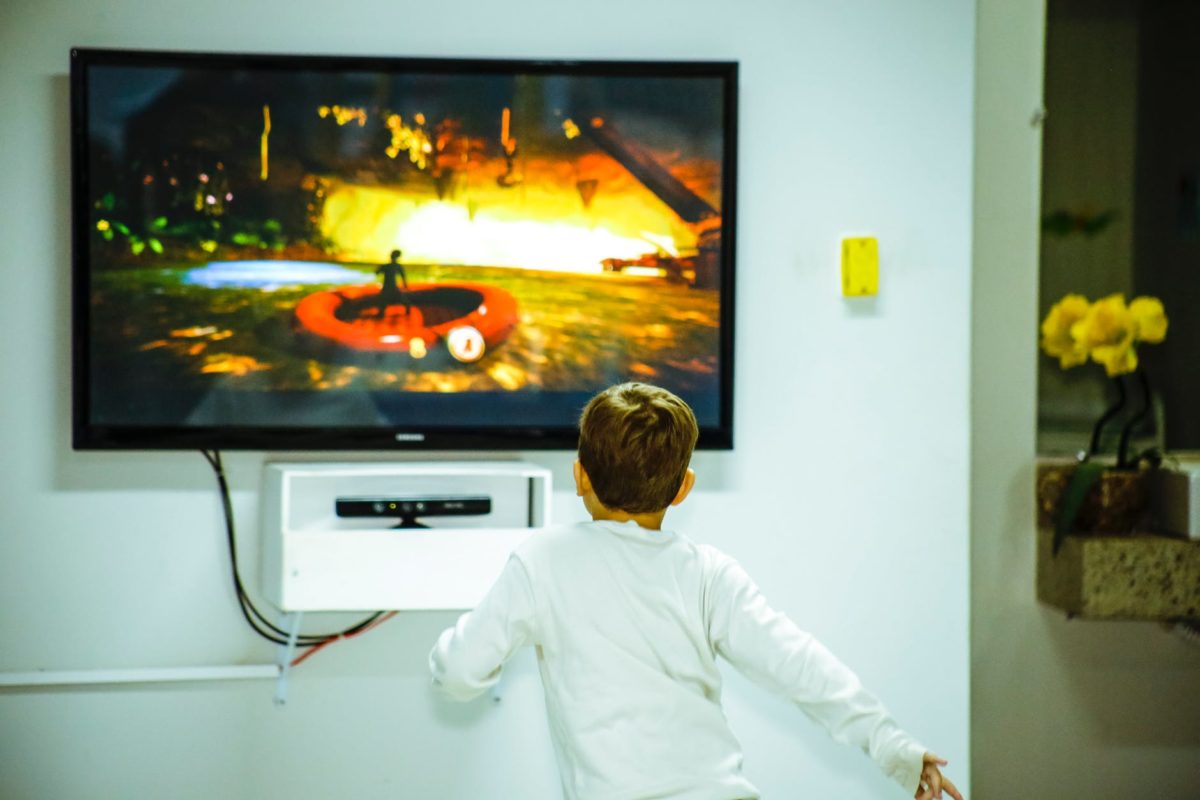
Outdated cathode ray tube CRT screens have been completely replaced by modern LCD screens. LCDs consist of liquid crystals and require backlighting to form a visible image. LCD models differ in the type of backlight or the type of panels they use.
So we come to the famous question – what is the difference between an LED and an LCD? Technically speaking, they differ in the type of backlight. The LCD display has classic lighting in the form of fluorescent lamps (CCFL lamps), while the LED display has light-emitting diodes (LEDs). In addition, TVs with LED technology are more energy-efficient, which consumes less electricity.
In addition to classic LED TVs, there are OLED TVs that are currently the highest quality on the market. They use so-called organic diodes for backlighting. These TVs currently represent the very top in terms of image quality, display precision, contrast, black intensity and many other features. The only downside is the high price. OLED technology also enables extremely thin screens.
Screen resolution
Screen resolution refers to the clarity of text and images on the screen. The higher the resolution, the clearer the items. The resolution shows how many dots are on the screen horizontally or vertically. It depends on whether your TV is HD (Full Ready), Full HD or Ultra HD (4K).
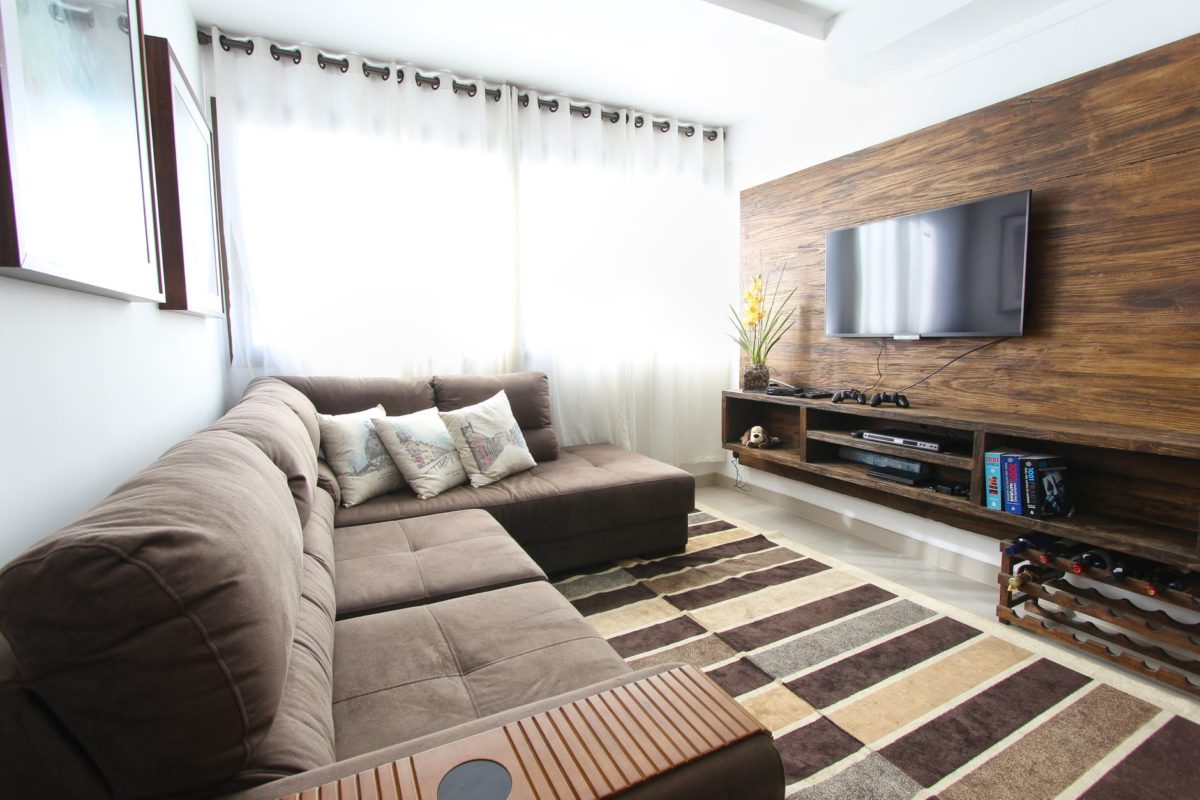
HD (HD Ready) – has image quality sufficient to watch TV shows and DVD movies, and are often at very affordable prices.
Full HD – screens have a resolution of 1920 x 1080 pixels. They let you watch Blu-ray movies, Full HD content and all TV programs with the highest level of detail. The crystal clear picture is great for everyday use and for watching movies and your favorite TV series. You also need to have a good signal so that you can make the most of it, and TV aerial installation Liverpool can help. If you want, you can learn more at aerialandsatelliteexpress.co.uk.
Ultra HD – or so-called 4K is 4x higher resolution than Full HD – 3840 x 2160 pixels. Televisions of this resolution represent the pinnacle of today’s technology. It is tailored for games, high definition movies and video with surprisingly clear and detailed images.
The closer you are to the TV when you watch it, the more you will see the difference in resolution. Now, 8K models are starting to appear, but there is almost no 8K content.
Since you want top-quality TV for your home cinema, we present the top 5 models on the market of your choice.
Samsung Q9FN QLED Smart 4K UHD TV
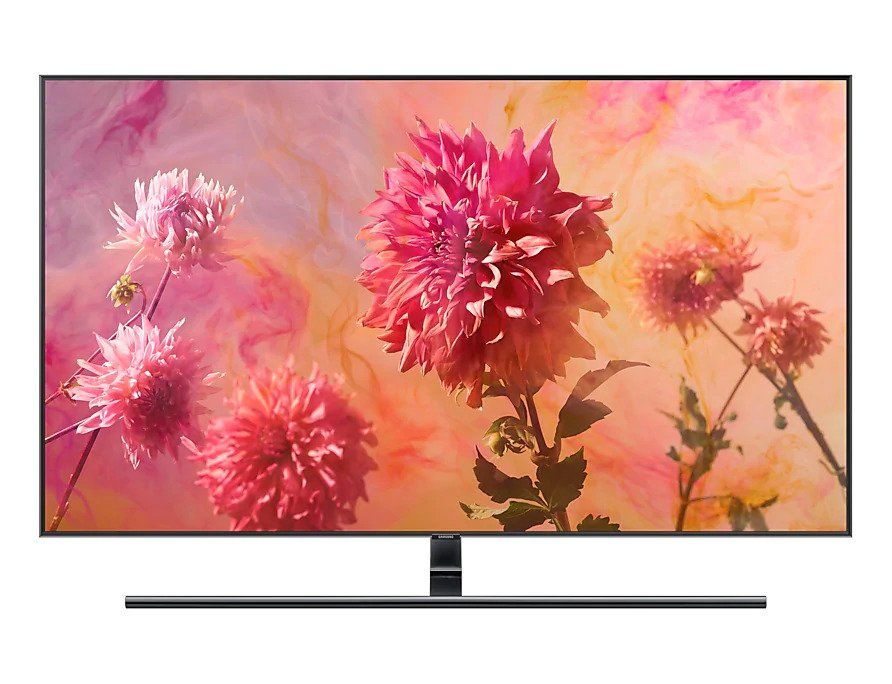
It’s a television that brings with it an impressive 65 inches, but also many advanced features. This TV will be adored by those who are accustomed to the functionality of a smart home, because it is just a wealth of possibilities in this area that this TV offers. The TV is made with LED technology and supports HDR-10. From the ports, the user has 4 HDMI ports and an RF and USB slot. This TV delivers an extremely high image refresh rate of 240Hz, with a contrast ratio of 13,479: 1.
It’s actually an LCD TV that is extremely wide, providing users with a whole new dimension of watching TV content. One of the key features is accurate color rendering and impressive contrast for a TV of this type. Inside the TV is a quality smart TV system that can control voice commands and why this TV fits perfectly with the philosophy of a smart home. The main objection is the lack of support for Google Assistant, Alexa and Bixby.
LG OLED55E8PUA
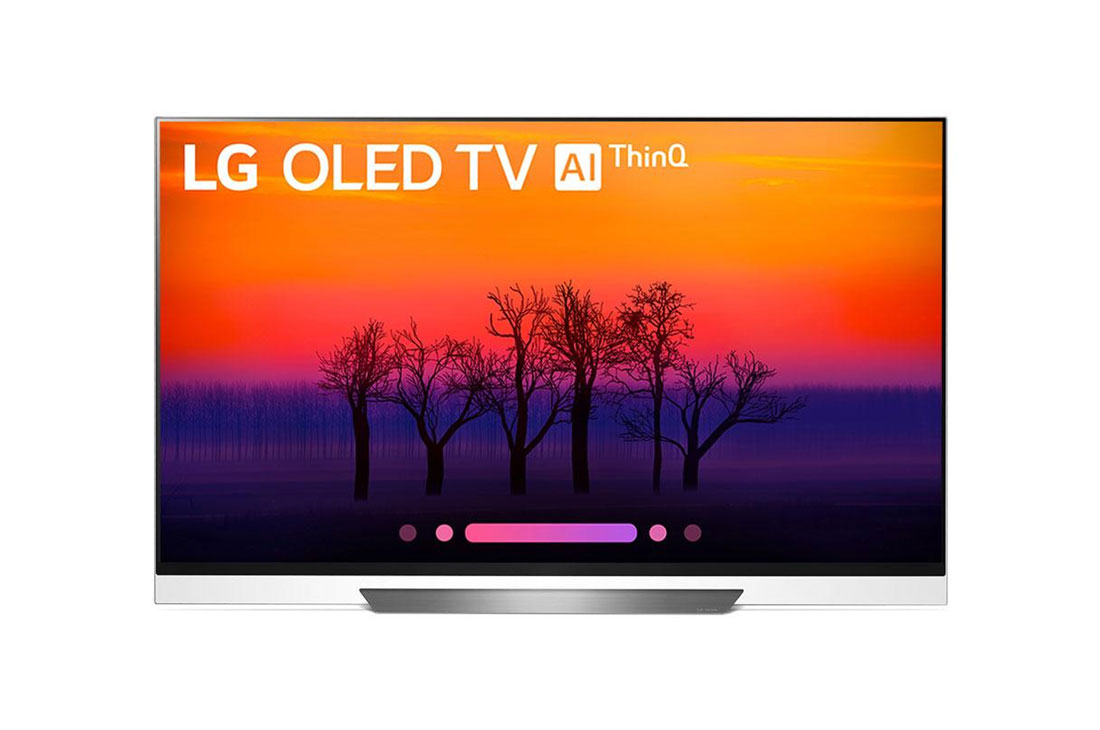
It’s a television whose screen extends to 55 inches, and its primary purpose is to give users the pleasure of watching movies (just like in a movie theater). Made in OLED technology, it also supports HDR-10 and Dolby Vision. As for the connectors, the user has 4 HDMI ports at their disposal, as well as the standard RF, USB and other connectors we are used to on TVs. It has an extremely high contrast ratio, and the image refresh rate is 120Hz.
What is the main feature of this TV is its extremely high contrast and better range, which gives users the fantastic enjoyment of watching movies on TV. Many have praise for the design of the TV, which is extremely elegant and yet so simple. To help users enjoy content from your TV even more, a Google Assistant is built in to help you manage your content.
Sony Master Series XBR-65Z9F
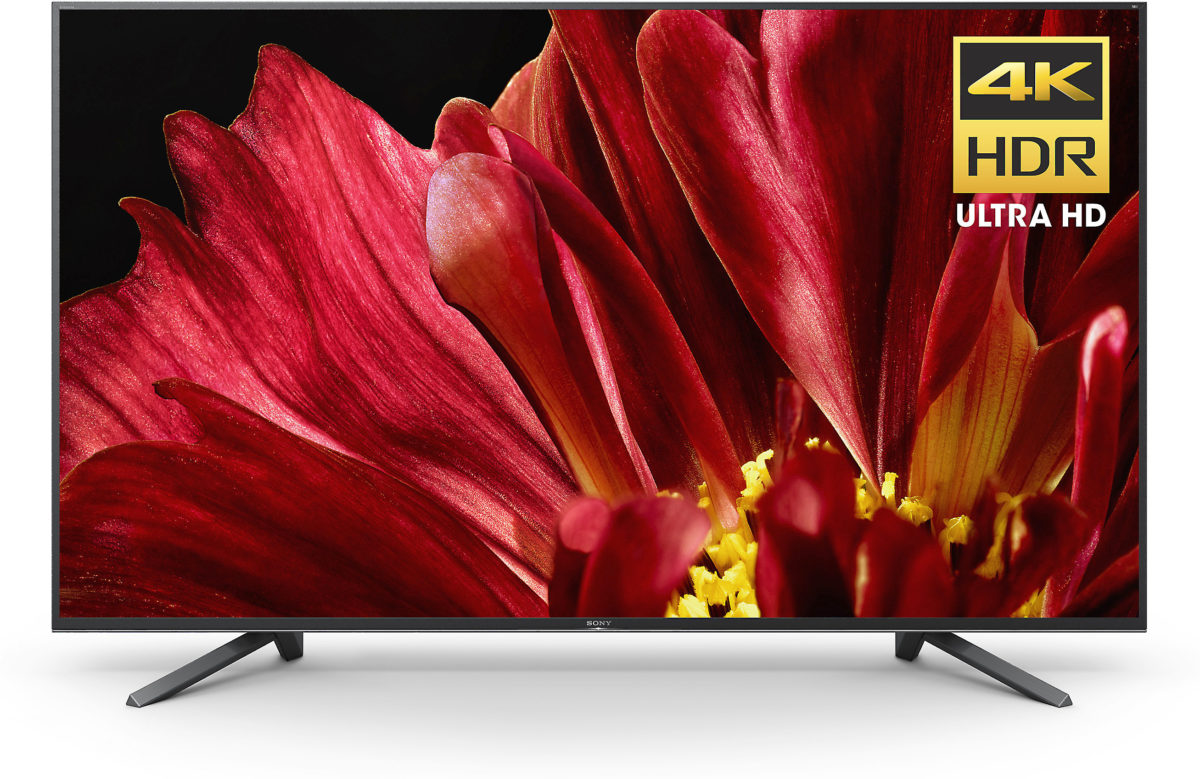
This is the most expensive model we will present today, and it is intended for movie lovers who want to create a cinema-like atmosphere at home. It is a 65-inch TV and, like most, is made with LED technology. The TV supports HDR-10 and Dolby Vision, and the user has a variety of connectors available, including 4 HDMI slots. It has a fantastic light display, an image refresh rate of 120Hz, and a contrast ratio of 27,958: 1.
Sony is known for marketing premium quality TVs, and this particular TV is one of the best they have on offer. All praise goes at the expense of the color range which is fantastic. Also, the image display can produce great light but also extremely high color contrast.
Panasonic GZ950
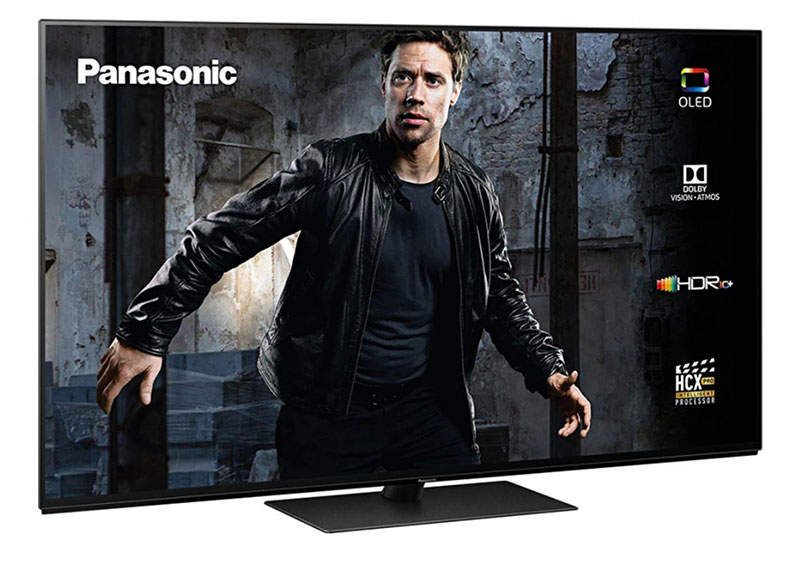
Although Panasonic is not a flagship manufacturer, this is a great model. They pay special attention to film lovers, so certain settings are best suited to that. It has a strong processor and the OLED display is very high quality. The right choice for home cinema.
Philips S7304
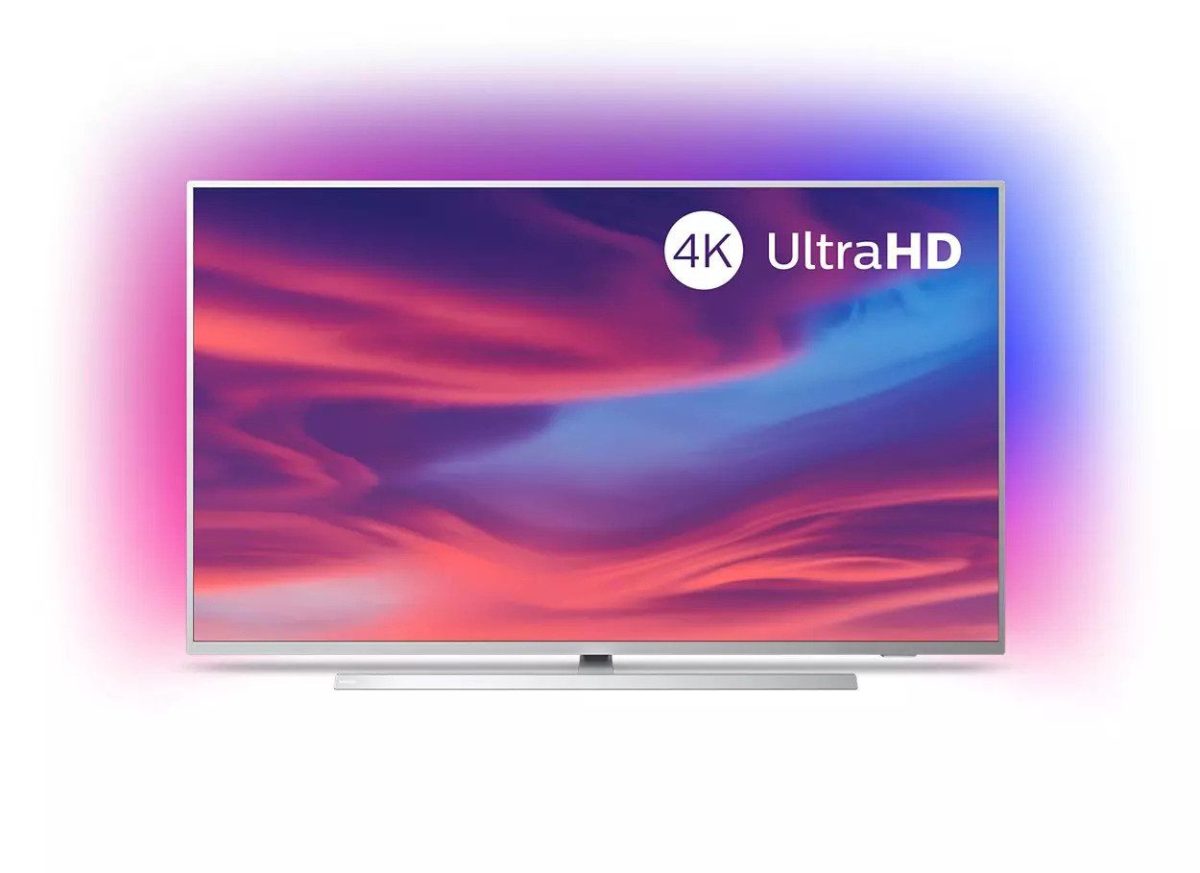
There are various variations within this model, and the first thing to note is to buy one that has IPS panels. 55 inches is the largest, and that’s exactly what we recommend. It has a processor that is very innovative and constantly corrects the image in over 25 parameters. It also supports the Android operating system. So the price/quality ratio is great.
Conclusion
The market is huge and therefore the choice is endless. First of all, what matters is how much money you are willing to invest in your purchase. Once you have determined that, our guide will help you make the right decision and enjoy your home cinema.

